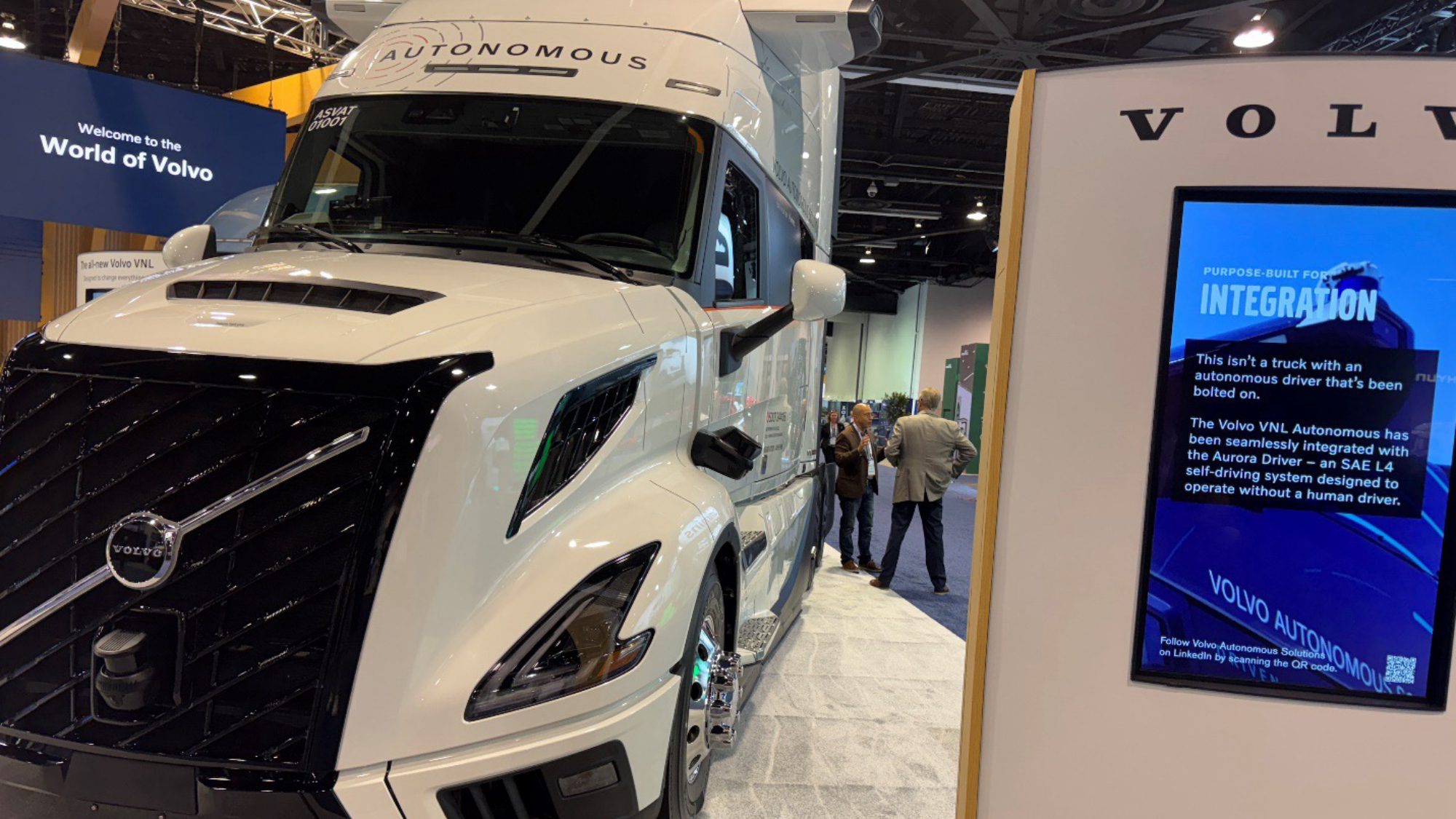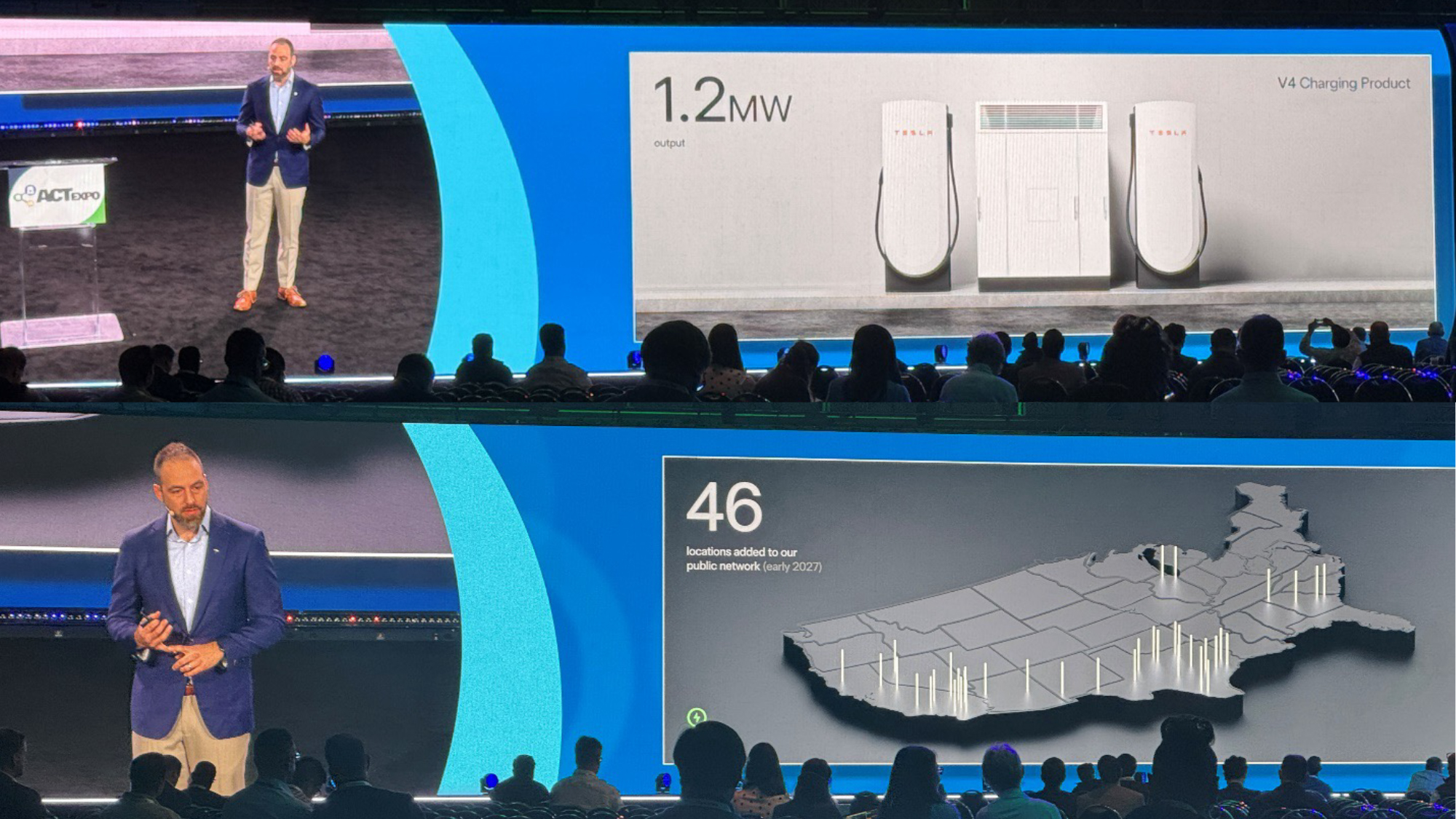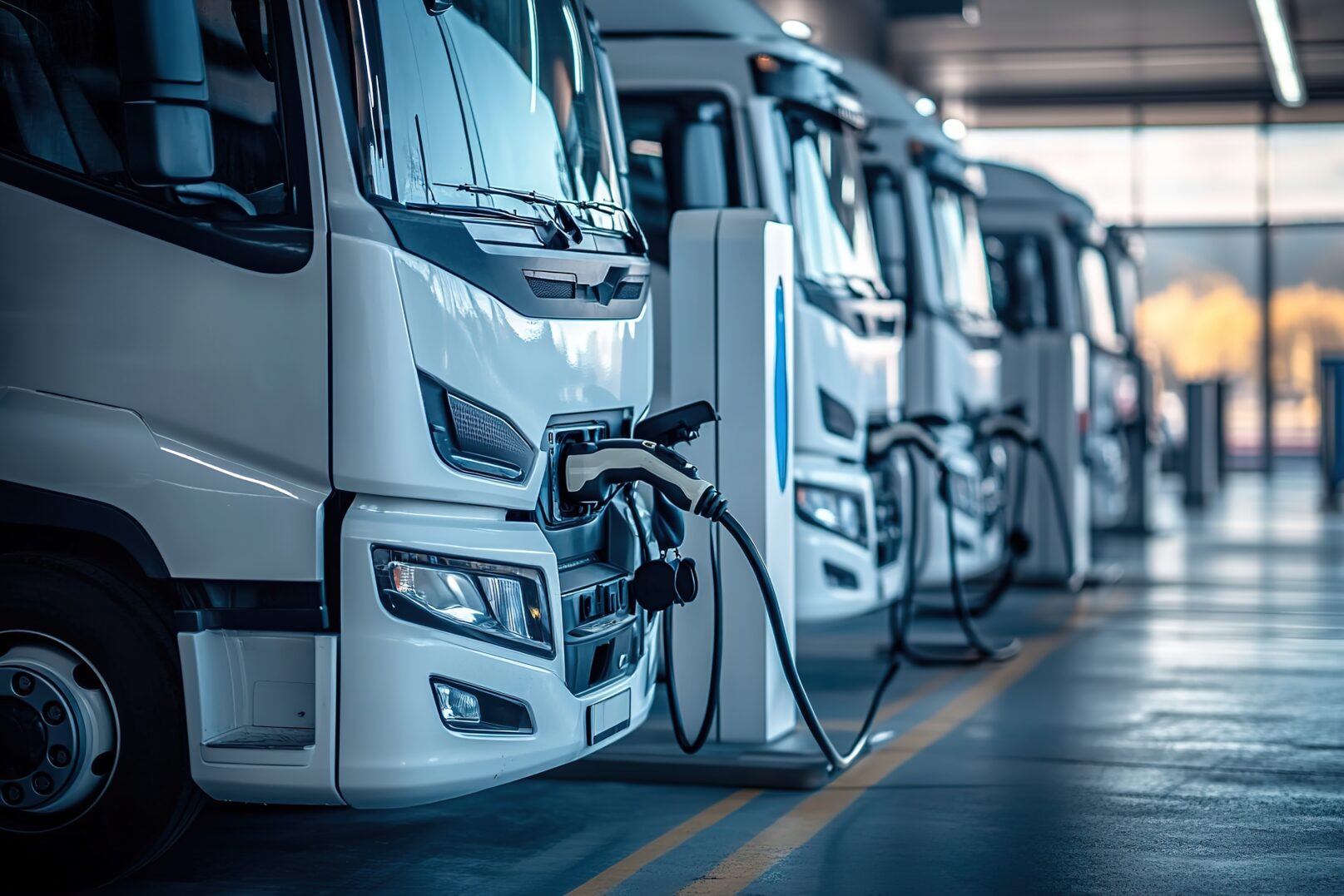ZEHID insights and UK/US synergies from the 2025 Advanced Clean Technologies Expo event
The Zero Emission HGV & Infrastructure Demonstrator (ZEHID) programme is the UK Government’s leading intervention to support the decarbonisation of heavy duty road freight within the UK. Funded by the Department for Transport and delivered in partnership with Innovate UK, the programme sits alongside other UK government interventions like the Plug in Truck Grant and the phase out dates on non-zero emission HGVs by 2035/2040 in the UK. Part of the programme’s ambitions is to disseminate learnings both nationally and internationally, in order to support the alignment of current/emerging international standards and enable the continuation of cross border freight.

I was invited to present at the international Advanced Clean Technologies Expo (ACT Expo) in April 2025 where I reflected on the contrast between UK and US freight operations and progress made in the UK’s heavy duty freight decarbonisation journey. ACT Expo is North America’s largest advanced vehicle technology event and received over 12,000 attendees and featured 300 speakers from across the globe in 2025, growing 40% from the 2024 event.
The conference was held over 4 days in Anaheim, CA and featured a comprehensive discussion agenda, ride & drive event and extensive exhibition floor. Throughout, it was clear that there were synergies, with future opportunities for shared learnings and ambitions, and contrasts in the national approaches taken to road freight decarbonisation.
Crucially, UK road freight does differ from its US counterparts in several key aspects:
- Vehicle weights and dimensions – in the UK, vehicles have a maximum weight of 44 tonnes and a maximum length of 16.5m. In the US, vehicles have a maximum weight of 36 tonnes and the maximum length is generally longer with double and triple trailer haulage permitted.
- Road types – UK roads are narrower in rural areas with older infrastructure and fewer truck stops with limited space. In the US, there is an interstate network optimised for longer distance hauling, with wider roads and more rest stops.
- Driver hours – in the UK, drivers are permitted to drive for up to 9 hours a day, with a mandatory break every 4.5 hours. In the US, drivers are permitted to drive for an 11-hour duration in a 14-hour window, after 10 hours off.
Autonomous freight in the US
The US is making significant strides in the development of autonomous road freight, focussing in on the middle mile where the logistical complexities are minimised and ROI can be maximised. Aurora Innovation and Volvo Autonomous Solutions have partnered to develop the Volvo VNL Autonomous vehicle piloted by the Aurora Driver, an SAE L4 autonomous driving system. US hauliers like DHL and Uber Freight are utilising this vehicle on the road today, and with safety reassurances in place, Aurora have recently announced that their Aurora Driver technology has now completed over 1,200 miles without a driver in Texas.

Roll out of US EV Charging Infrastructure and Megawatt Charging Systems (MWCS)
Whilst within Europe Milence is taking a role in deploying en route charging solutions as a joint venture between Daimler Trucks, the TRATON GROUP, and the Volvo Group, the US equivalent is Greenlane. Greenlane is $625m partnership between Daimler Truck North America LLC, NextEra Energy Resources, LLC, and BlackRock which recently opened its first site in Colton, CA and aims to create a 280 mile charging corridor between Los Angeles and Las Vegas.
Another noteworthy entrant to the US infrastructure market is WattEV, which provides en-route depot charging hubs and a BEV leasing and maintenance Tractor as a Service (TaaS) provision. WattEV already has 6 operational hubs, with the largest site in Bakersfield having 5MW capacity due to extensive solar energy integration, and a pipeline of a further 15 sites planned in the California region. WattEV uses dynamic pricing for charging at all of its sites and has found that conversations with local DNOs can be a hurdle in deployment or capacity upgrades.
Throughout ACT Expo, there was also a consistent focus on new MWCS developments. CPOs such as Kempower, ABB e-Mobility, ChargeTronix, Alpitronic and others all displayed MWCS hardware, some with up to 16 dispensers from a single unit. Tesla also announced plans to develop a significant US HGV charging network supported by its 1.2MW V4 charging product, with the intention for 46 HGV compatible locations to be added to its US public charging network.

Role of US government support and long term vision
Currently, there are around 1,000 of the heaviest Class 8 Battery Electric Vehicles (BEVs) operational in North America and less than 200 Class 8 Hydrogen Fuel Cell EVs (HFCEVs). While the US currently does not have any federal legislation on the phase out of non-zero emission HGVs, many states have signed a global memorandum of understanding to stop the sale of non-zero emission HGVs by 2040, with an interim goal of 30% by 2030.
Throughout the conference it was clear that while recent US policy uncertainty at a federal level did create some difficulties, state level incentives and policies were as important or in some cases more important to operators. Many US hauliers were proactively taking steps towards road freight decarbonisation with a longer term outlook due to lead times on infrastructure developments and the importance of understanding which routes could be feasibly decarbonised. Customer appetite for decarbonised freight was also viewed as a significant driver in being an early mover in adopting new technologies, which is the case for UK hauliers as well.
To conclude, through engagement at ACT Expo, it was clear that there are a number of opportunities for the US and UK to share learnings from our national decarbonisation progress. The ZEHID programme has a crucial role in disseminating its learnings and progress, both within the UK road freight sector and with international counterparts.
– Dr Isabella Panovic, Programme Manager – Zero Emission Road Freight
Related programme

Zero emission heavy goods vehicles and infrastructure
Supporting the development, uptake and demonstration of commercially available zero emission HGVs, and providing the crucial infrastructure to help the haulage sector decarbonise and transition to a zero-emission road freight sector in the UK.

